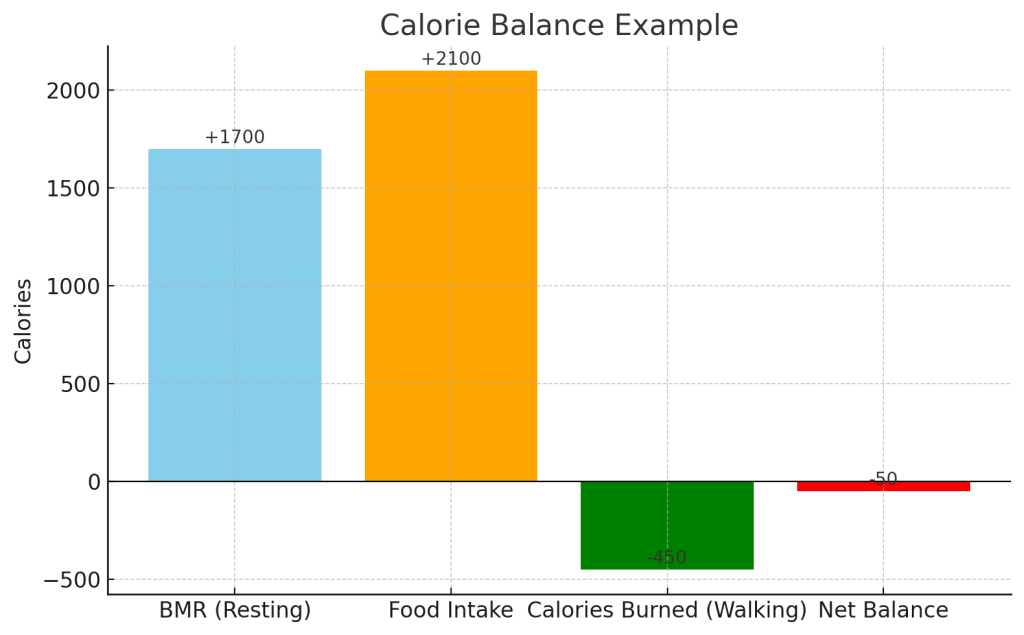Sleep plays a vital role in every aspect of our physical and mental wellbeing, yet it’s often the first thing we sacrifice when life becomes busy. Many people experience challenges such as poor-quality sleep, difficulty falling asleep, waking frequently, or feeling unrefreshed in the morning. These problems are often linked not only to stress or lifestyle factors, but also to poor sleep hygiene, the daily habits and environmental conditions that influence sleep.
Sleep hygiene may sound like a buzzword, but it is one of the most effective, evidence-based strategies for improving long-term sleep quality. By making small, sustainable changes to behaviour, environment, and routine, anyone can dramatically improve the way they sleep and recover.
What Is Sleep Hygiene?
Sleep hygiene refers to a set of healthy practices and routines that promote consistent, high-quality sleep. It is not a medical treatment or medication; rather, it is a behavioural approach grounded in well-established sleep science. Good sleep hygiene helps regulate your circadian rhythm (your internal body clock), supports deeper stages of restorative sleep, and reduces factors that disrupt your ability to fall asleep or stay asleep.
The goal is simple: to create the ideal conditions for your brain and body to rest.

Why Is Sleep Hygiene So Important?
The quality of your sleep directly impacts your physical recovery, cognitive performance, mood, immune function, and hormonal balance. Poor sleep hygiene has been associated with increased stress, impaired concentration, reduced athletic performance, and a higher risk of pain sensitivity, something our clients at Livewell often report when dealing with musculoskeletal injuries or chronic tension.
Good sleep hygiene can:
- Improve the speed at which you fall asleep
- Enhance sleep depth and duration
- Reduce night-time waking
- Improve energy levels, mood, and concentration
- Support physical recovery and tissue repair
- Enhance immune system resilience
For athletes, active individuals, and those recovering from injury, good sleep is one of the most underrated performance tools available.
Key Components of Healthy Sleep Hygiene
-
A Consistent Sleep Schedule
The human body thrives on routine. Going to bed and waking up at the same time every day helps regulate the circadian rhythm, making it easier to fall asleep naturally and wake feeling refreshed. Irregular bedtimes, especially large variations between weekdays and weekends, create a “social jet lag” that disrupts sleep quality.
Aim to keep your sleep and wake times within the same 30-minute window each day.
-
Creating a Sleep-Friendly Environment
Your bedroom should act as a sleep sanctuary. Small environmental adjustments can significantly improve sleep quality:
- Temperature: A cool room (around 16–18°C) helps your body achieve deeper sleep.
- Light: Reduce bright lights in the evening and use blackout curtains or eye masks to block light during sleep.
- Noise: White noise, earplugs, or a quiet fan can minimise disturbances.
- Comfort: A supportive mattress and pillows tailored to your sleeping position can make a significant difference.
Where possible, limit your bedroom to sleep and intimacy only. Avoid working, eating, or watching TV in bed, as this blurs the mental association between bed and rest.
-
A Relaxing Pre-Sleep Routine
Winding down is essential. About 60 minutes before bed, switch into a calming routine to signal to your brain that it’s time to slow down. Good options include:
- Gentle stretching or yoga
- A warm shower or bath
- Reading a book
- Deep breathing or mindfulness
- Listening to soft music
Avoid stimulating activities such as scrolling on your phone, watching intense TV shows, or working. Digital screens emit blue light, which suppresses melatonin, the hormone that prepares your body for sleep.
-
Limiting Sleep Disruptors
Certain substances and habits can significantly impair sleep:
- Caffeine: Avoid after mid-afternoon, as it can stay in your system for 6–8 hours.
- Alcohol: Although it may feel relaxing, alcohol disrupts REM sleep and leads to more night-time waking.
- Nicotine: A stimulant that can make it harder to fall asleep.
- Heavy meals: Eating large or spicy meals close to bedtime can disrupt digestion and sleep.
Be mindful of hydration as well, drinking too much before bed can cause multiple night-time trips to the bathroom.
-
Staying Physically Active
Regular physical activity improves sleep quality by reducing stress, balancing energy levels, and supporting overall physical health. However, avoid vigorous exercise within two hours of bedtime, as this can increase alertness and heart rate. Light stretching or mobility work in the evening is perfectly fine.
-
Managing Stress and Mental Load
A busy or anxious mind is one of the biggest barriers to falling asleep. Techniques such as journaling, breathing exercises, guided meditation, or setting aside a daily “worry window” can help offload mental clutter.
If thoughts keep cycling at night, keep a notepad by the bed to jot down anything you need to remember for the morning.
Common Signs of Poor Sleep Hygiene
You may need to improve your sleep hygiene if you regularly experience:
- Difficulty falling asleep
- Waking frequently during the night
- Feeling unrefreshed in the morning
- Relying on caffeine to function
- Using screens in bed
- Irregular sleep patterns
- Struggling with mood or concentration
The good news? Most of these issues can be dramatically improved with simple, consistent habits.
Final Thoughts
Sleep hygiene is one of the most powerful tools for improving overall health, recovery, and daily wellbeing. Whether you’re an athlete, someone managing chronic pain, or simply wanting to feel more energised, adopting good sleep habits can transform your quality of life.
At Livewell Health, we regularly support clients whose recovery is tied directly to sleep quality. By combining good sleep hygiene with effective treatment, whether physiotherapy, massage, or lifestyle coaching, you can optimise your health from the inside out.



